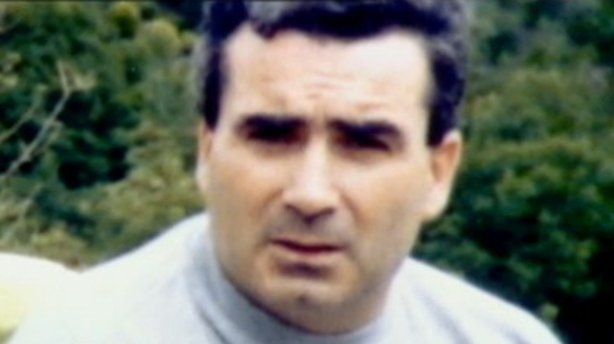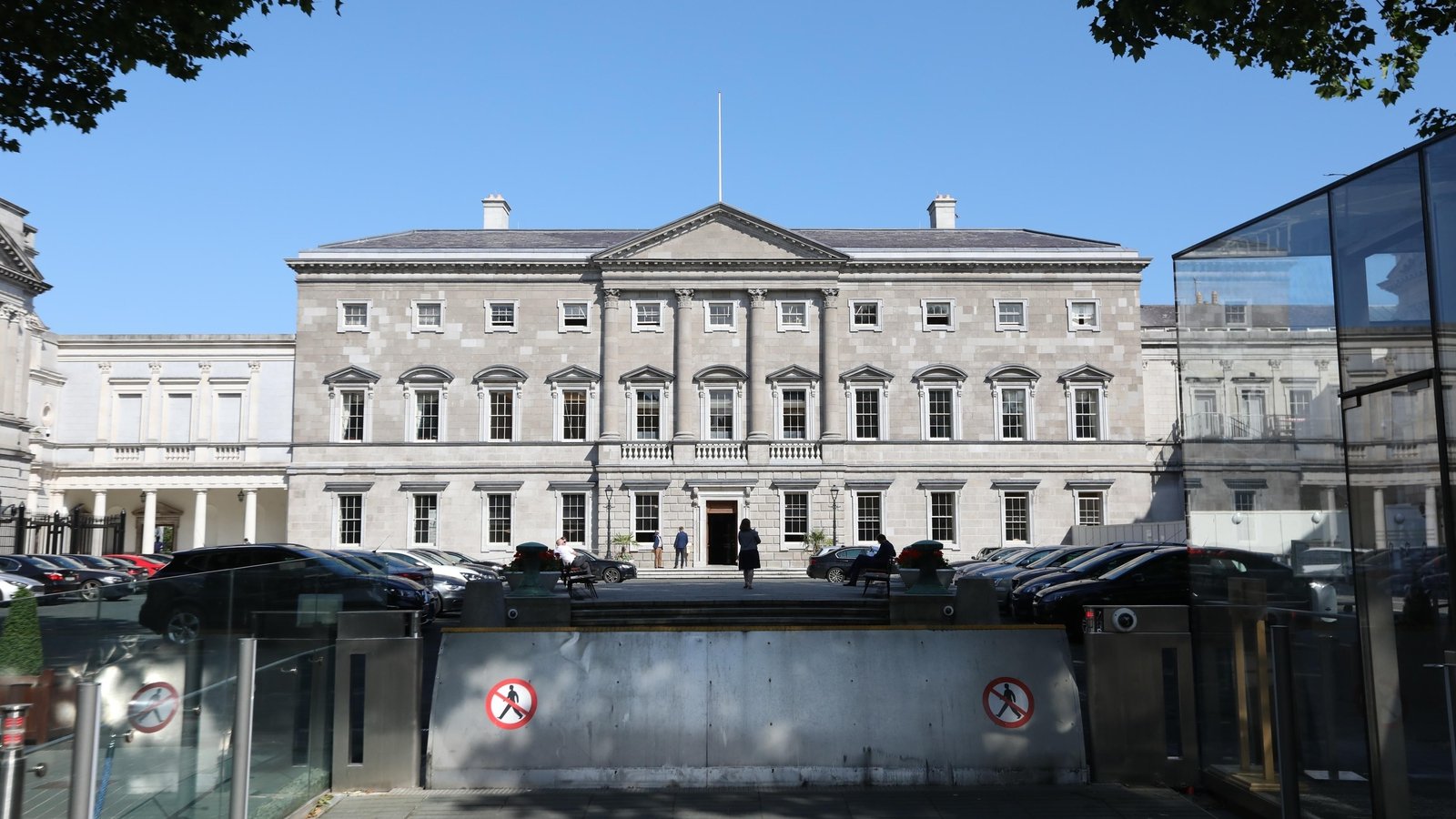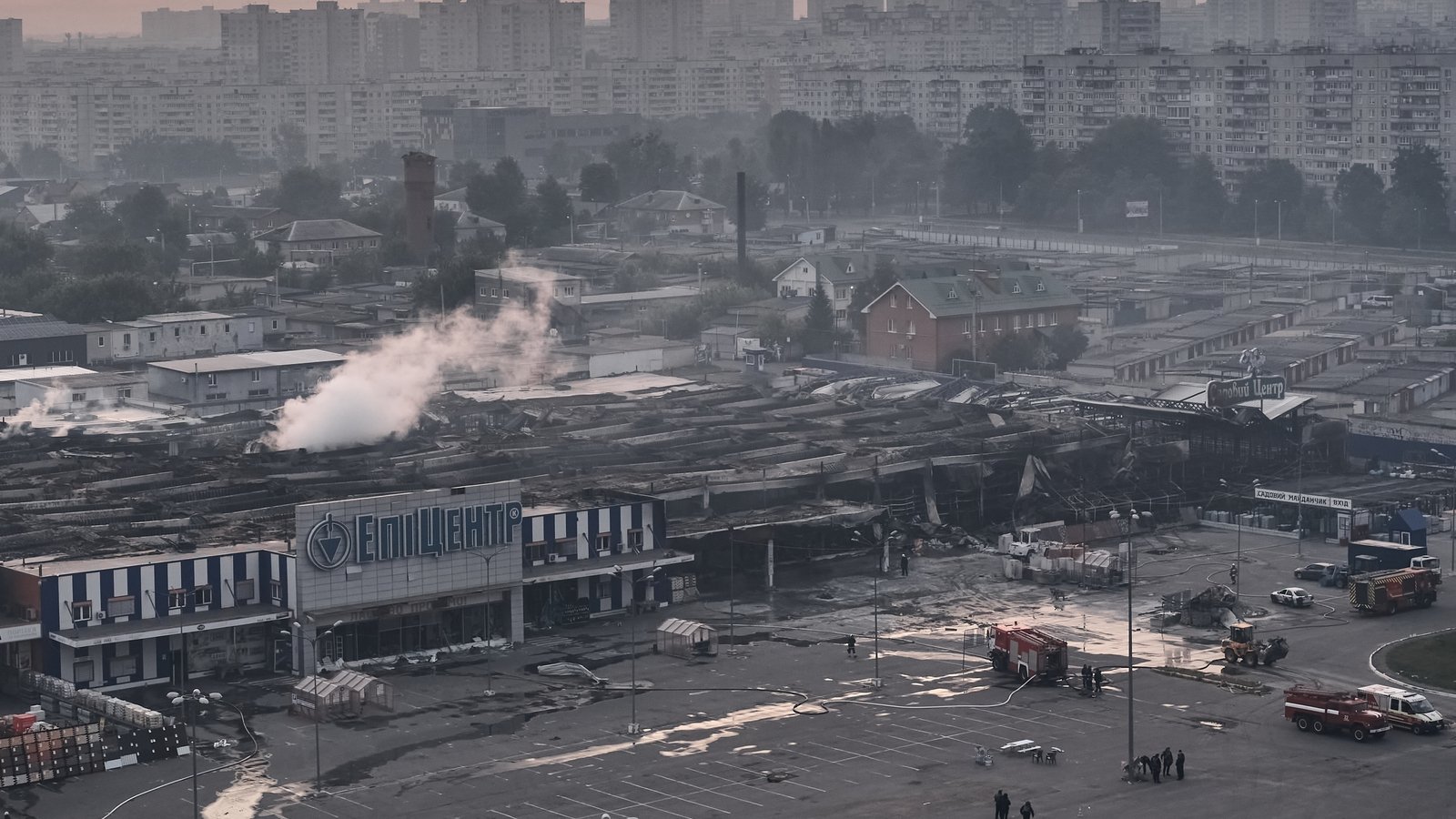Report into Stakeknife murders to be published

A major report examining the role of an IRA double agent and his army handlers in the murders of alleged informers during the Troubles will be published later.
€40m has been spent on the investigation into west Belfast bricklayer Freddie Scappaticci, codename Stakeknife.
He is believed to have been implicated in the deaths of between 12 and 18 alleged informers in the 1980s.
He headed up the IRA’s Internal Security Unit in the 1980s and was believed to one of several informers attached to it.
He died last year aged 77 having fled Northern Ireland after being outed as an agent.
The police investigation, Operation Kenova, began in 2016 and lasted for seven years.
It investigated whether Scappaticci had been involved in murders and whether his handlers could have prevented victims from being killed.
Files on 32 people were sent to the Public Prosecution Service for consideration on counts of murder, kidnap, conspiracy to murder and misconduct in a public office.
They included 16 former members of the IRA, 12 former military personnel among them agent handlers, two members of the British security services, a police officer and a prosecutor.

It emerged in recent weeks that there were to be no prosecutions after the Public Prosecution Service decided there was insufficient evidence to sustain a realistic prospect of convictions.
The Operation Kenova inquiry was run by Jon Boutcher.
At the time he was Chief Constable of the Bedfordshire Constabulary.
Last year, he was appointed as Chief Constable of the PSNI.
The report runs to several hundred pages and will be published mid-morning at a news conference attended by Jon Boutcher and Iain Livingstone, the current Kenova chief.
It will be a high-level thematic report that is expected to provide details on the activities of Scappaticci and the level of knowledge his handlers had about informers who had been taken for interrogation and murder.
It is thought the report may not actually name him due to a long-standing British security service convention of neither confirming nor denying the identity of agents.
Some of the families of those murdered by the IRA’s Internal Security Unit, which Scappaticci headed, are expected to gather in Belfast later.
The daughter of a woman murdered as an informer by the IRA has said the absence of convictions does not mean that the Kenova Inquiry failed victims.
Shauna Moreland was ten years old when her mother Caroline, a 34-year-old mother of three, was abducted from Belfast by the IRA, detained for 15 days and shot dead on the Co Fermanagh border in July 1994.
“If these cases had been properly investigated at the time there could have been prosecutions.
“We have been failed by the system since 1994 and it was only when our cases were moved outside Northern Ireland that we got a process we could believe in.
“There might have been a ceasefire just after my mum’s murder but there was no ceasefire for me.
“There was no proper investigation, no community support and unless you’ve been there you can’t really know how devastating that is.”
She said the Kenova process had shown her that her mother’s death had mattered and that she had been more than a statistic.





